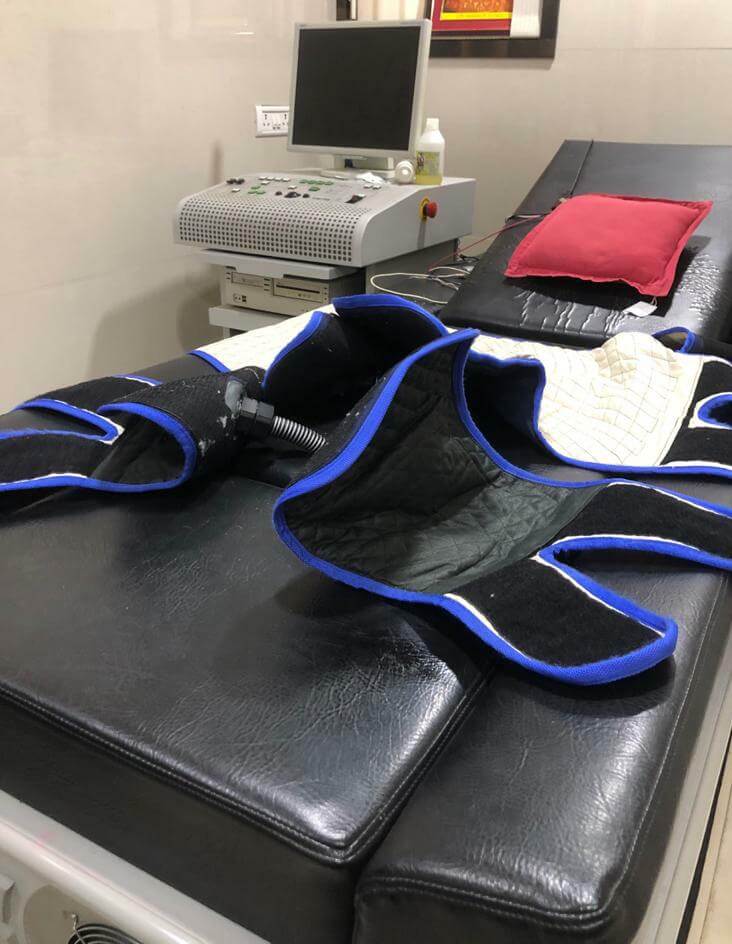
What is the TRIC Valve System?
The TRIC Valve System consists of two self-expanding biological valves that are implanted percutaneously into the superior vena cava (SVC) and inferior vena cava (IVC). Unlike traditional approaches, the TRIC Valve System does not disturb the patient’s native tricuspid valve. It offers a less invasive alternative for patients with severe symptomatic TR and RHF, providing effective relief and improved quality of life.
Who is a candidate for the TRIC Valve System?
- Severe tricuspid valve disease.
- Experiencing symptoms like shortness of breath.
- Inadequate response to medication.
- High surgical risk for traditional surgery.
- Anatomical suitability for the TRIC procedure.
- Evaluation by a healthcare specialist.
How does the TRIC Valve Procedure work?
The TRIC Valve System utilizes two self-expanding biological valves that are implanted percutaneously into the SVC and IVC. These valves are designed to regulate blood flow and reduce regurgitation in the tricuspid valve. By addressing tricuspid regurgitation without disturbing the native tricuspid valve, the TRIC Valve System aims to improve overall cardiac function and alleviate symptoms.
What does The TRIC Valve do to your blood flow?
The TRIC Valve (Transcatheter Replacement of Incompetent Tricuspid Valve) helps improve blood flow by replacing or repairing a dysfunctional tricuspid valve, which can restore proper direction and efficiency to the flow of blood between the right atrium and right ventricle of the heart. This can alleviate symptoms and complications associated with tricuspid valve disease, such as regurgitation or stenosis, and improve overall cardiac function.
Who should not seek The TRIC Valve?
- Patients with congenital heart disease.
- Individuals with severe valve disease, particularly aortic stenosis.
- Those with enlarged hearts (cardiomegaly).
- Patients who have a pacemaker.
- Individuals diagnosed with atrial fibrillation (afib).
- Individuals with pulmonary hypertension.